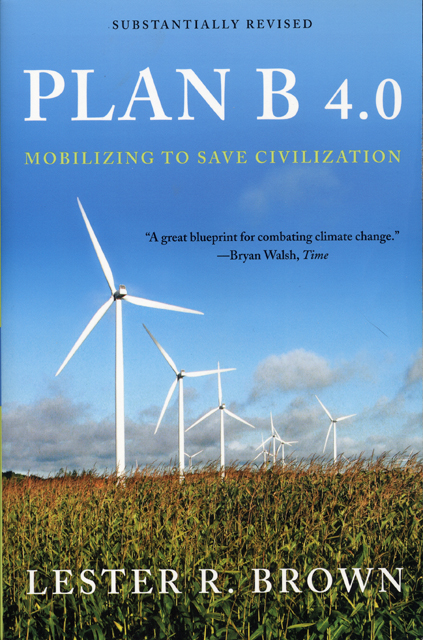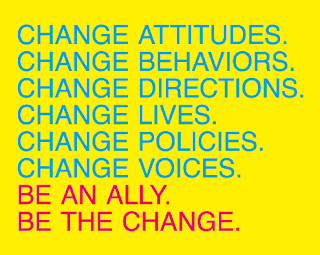During Wednesdays class the seventeenth, we were given an adequate presentation of Leopold’s ideas. His ideas on land ethic rang true with previous knowledge we have gained from this course. He noticed that humans were only using the rivers for transporting goods and for personal gain, never giving back. This method of taking from the earth and not giving back or replacing is not sustainable and eventually resources will run out for humans to use. This idea, similar to horticulture, is how the earth and humans have lived perfectly coinciding for thousands of years equally codependent. Now, people feel as if they are better and more superior to plants, animals, and resources of the earth, and want immediate gratification, Leopold explains. He wants humans to become equal to the earth once again. An example of this would be one that Dr. Gerry Segal mentioned in his later presentation on food growing. Thomas Jefferson, our third U.S. president was also a farmer at heart, anytime he would have guests over for dinner he would require they give back the nutrients they obtained while at his home back to the soil by using the outhouse before they left. Many people also compost material and scrap plants to go back to the earth to be recycled in a helpful way.
Marjory Stoneman Douglas was an extremely inspirational woman. In her 108 years of living she recognized the importance of preserving a one of a kind environment in South Florida, The Everglades. A place that while she was alive was rapidly decreasing at a fast rate. Her efforts and work during a time where womens’ voices were hardly heard has been shaping in my pursuits for a better education and better stance on the importance of preserving wildlife. As the second group discussed in their presentation, there are so many unique features in this land that are not mimicked anywhere else in the world. If you live in Florida, and have not heard of this lady I think it is your responsibility to research her amazing life.
Next, we had the privilege of watching a short inspirational documentary called Homegrown Revolution. It was about how a former hippie and his family, out of a need to feed his family non genetically modified foods, started a small garden of fruits and vegetables in his back yard. Over twenty years of trial and error and educating themselves, on their small plot of land outside of downtown Los Angeles, their 1/10 of an acre plot not only sustains the vegetarian eating habits of four grown adults. Now, they produce 6000 pounds of food that they can sell to local restaurants. The chefs prefer this because they know where the food is coming from, their methods of organic farming create the most flavors, colors, and textures, they are growing so many different kinds of food to choose from, and it’s the freshest foods, like restaurants picking from their very own garden.
The last part of the class our professor Dr. Gerry Segal, an avid food grower himself gave a helpful presentation on growing organically yourself at home. To see the PowerPoint of all his hints, tips, and methods for farming click here: https://elearning.fgcu.edu/AngelUploads/Content/201008-81027/_assoc/82DCF0F2E0A049FF9AD9FB9FB85FFB21/Organic_Vegetable_Gardening_2-26-10.ppt

















